The Service Design Award is currently open for submission again. Submit your project for a chance to win and present at the Service Design Global Conference in Toronto this year.
In 2015, Taiwan became one of the only two Asian countries to pass the Zero Euthanasia Policy. Hundreds of thousands of stray animals are now saved from the fate of euthanasia. Yet this does not come without a cost. Take Taipei City as an example. The maximum amount of stray animals that public shelters are able to take care of is around 2,200. But the current number of stray animals is reaching 9,000. On the one hand, shelters become highly overcrowded and under-resourced, meaning animals are more prone to dying from natural causes. On the other, it puts great pressure on staff who have already been overloaded. Consider, for example, the shelter we had the pleasure to work with on this project. With an average of 20 dogs per staff and more adoption-related administration work on their shoulders, it’s highly unlikely that anyone can put enough effort into stray animal education with pet owners, even with help from some volunteers. The result: not only the adoption rate does not pick up, but that 47% of the owners return their adopted pets. Staff begins to feel powerless and hopeless about any change of the situation.
But it’s far from the time to give up. With this work, we would like to propose a way to increase effective adoption rate through an optimization of the adoption service. We believe this change of service design can provide adopters with proper assistance, at the same time lighten the burden of staff and make better use of the kindness of volunteers. Most importantly, stray animals who were once abandoned can finally live under a roof where they call home.
The process
The overall structure is based upon the Double Diamond approach developed by the British Design Council. Already at the very beginning, we noticed that among all interested parties, three of them were of the most importance: adopters, staff, and volunteers. We then applied the Double Diamond approach to each party individually.
We first understood the needs and problems of each party through observation and interviews. Then, using WAAD (Work Activity Affinity Diagram), we analyzed the problem faced in the current service process and defined the service goals of the three parties. After that, a series of workshops were organized so that different parties can brainstorm solutions. A sense of involvement and approval is thus created.
At this stage, we also agreed on the key visual that represents animal shelters together with staff. This was meant to strengthen the idea of community. Finally, we proposed a new version of service design that is iterative and builds upon the original adoption process. The responsibilities and goals of the three parties are now integrated to make a more powerful and beneficial result.


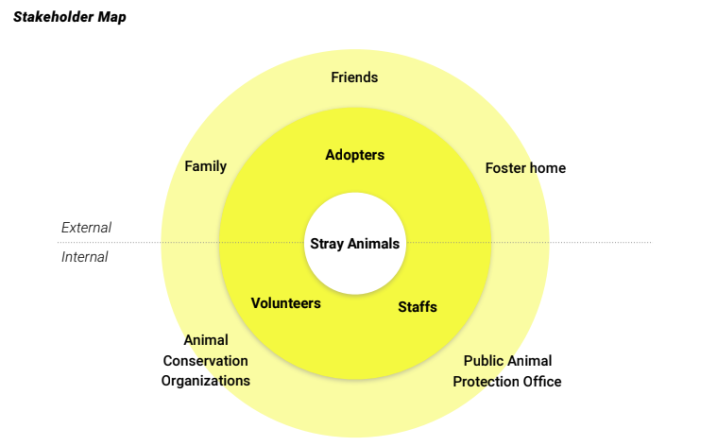
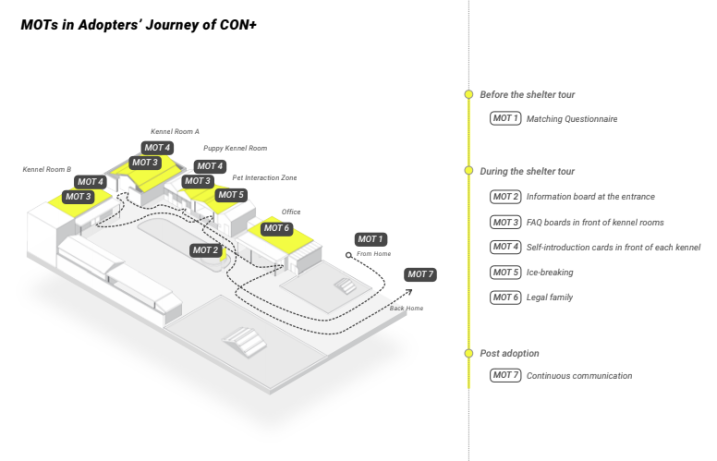
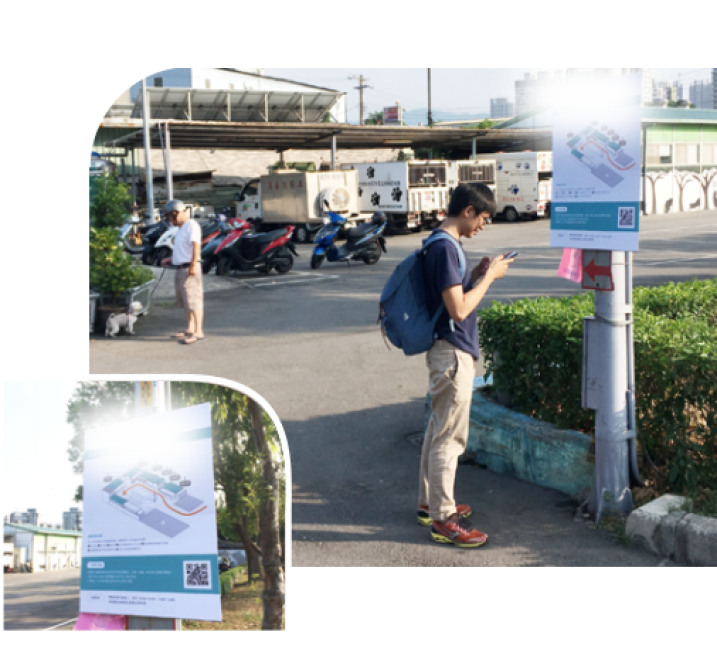
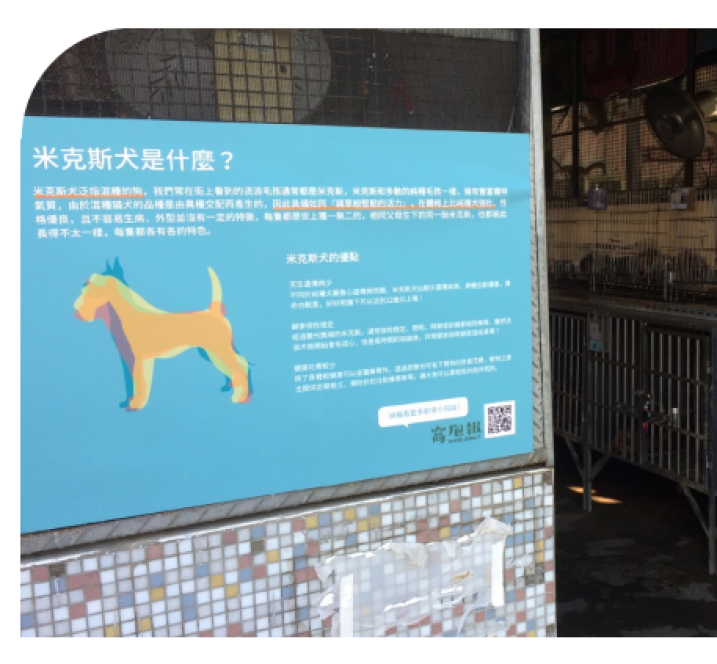
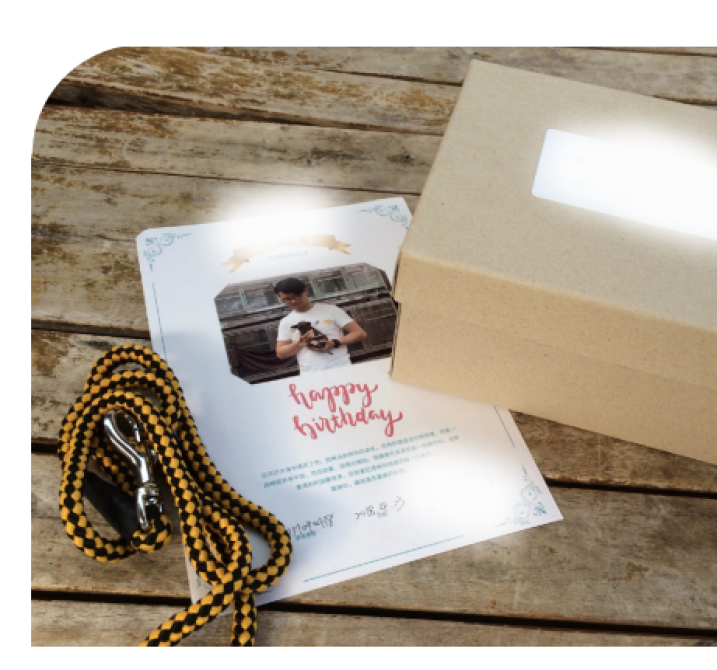
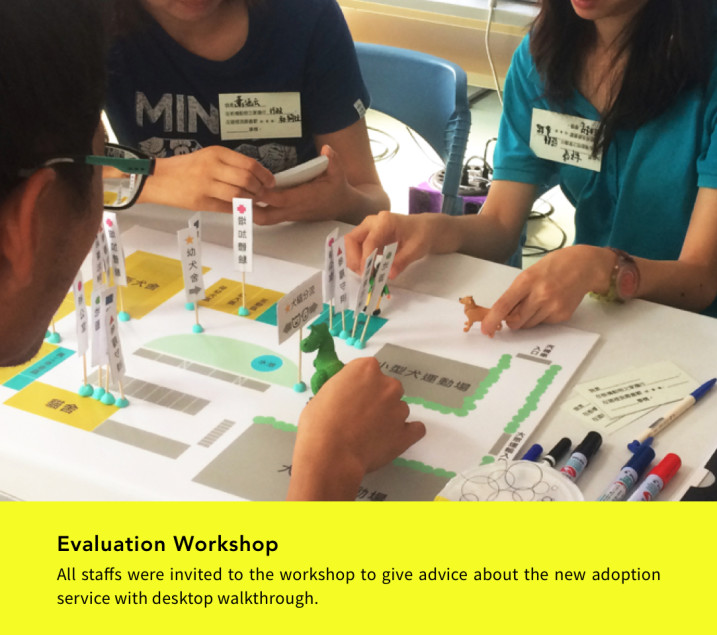

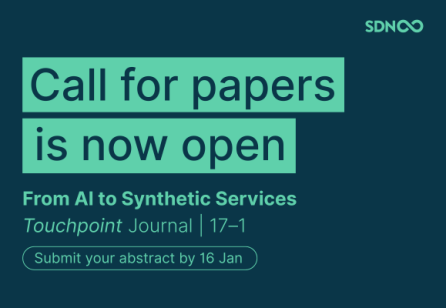



Share your thoughts
0 RepliesPlease login to comment